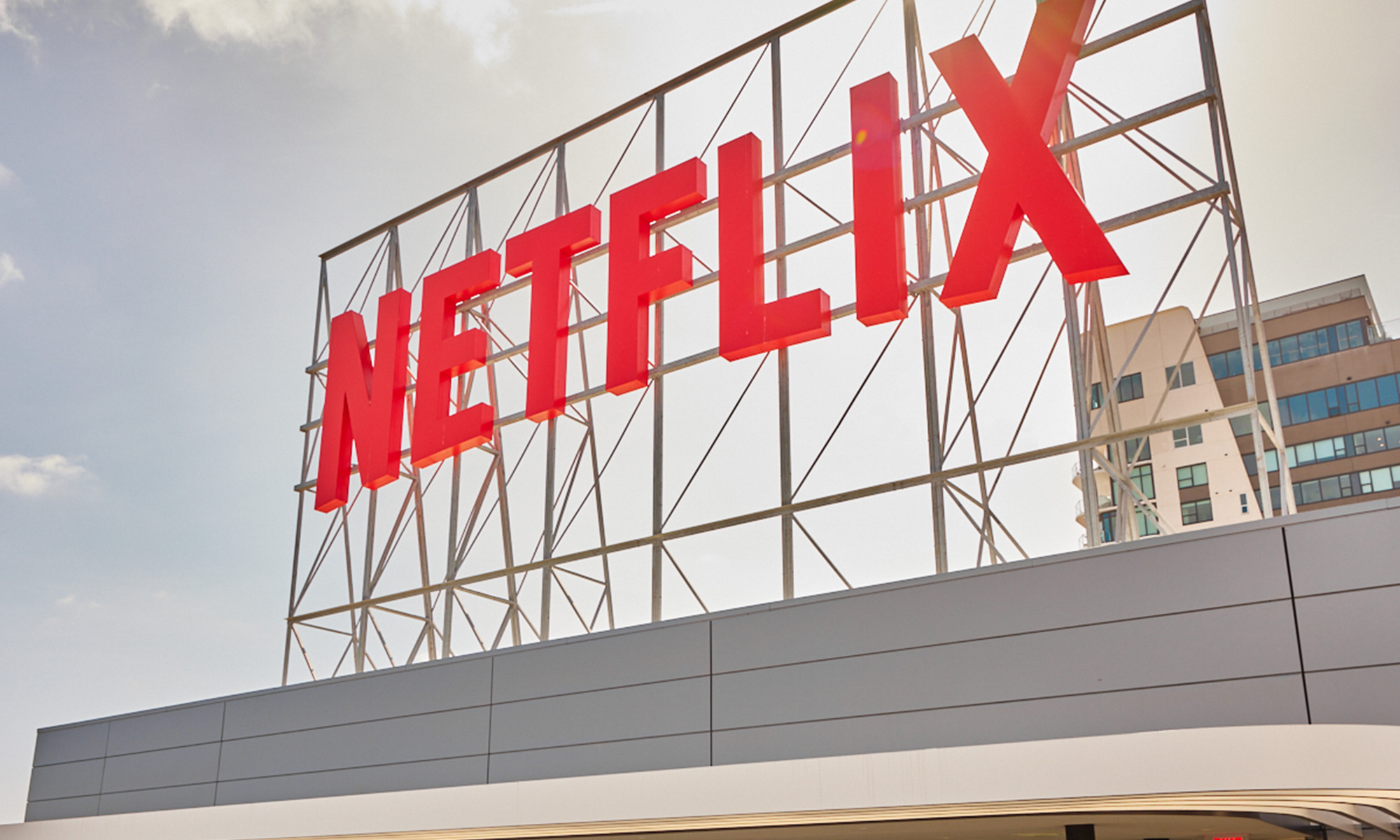Check out the latest Netflix earnings call transcript.
A lot has been made of Netflix's (NFLX +0.15%) recent price increase for U.S. customers. Prices will go up 12.5% to 18.2% for subscribers depending on the tier they choose. The move shows Netflix's confidence in its pricing power even as new competitors come to market.
Interestingly, however, Netflix increased the price of its lowest-cost monthly plan by the smallest amount, both on an absolute and percentage basis. The basic plan allows for just one stream at a time and limits resolution to standard definition -- usually 480p. That might save on server costs, but the bulk of Netflix's expenses are content and marketing. The marginal cost of delivering the standard $12.99 per-month plan compared to the basic plan is negligible.
But there seems to be intent in the decision to raise the price just $1 per month instead of $2 like its other plans. Here's a closer look at the strategic decision behind keeping its price low.

Image source: Netflix.
Who doesn't subscribe to Netflix?
Netflix is fast approaching the low end of its long-term goal of 60 million to 90 million subscribers in the United States. At this point, it's weird when someone you know doesn't have Netflix.
There are two reasons people might not subscribe to Netflix: They're either not tech savvy enough to create an account on their own or they're extremely frugal.
Netflix is partnering with pay-TV distributors like Comcast to make its service more accessible to customers who aren't particularly tech savvy.
The $9 per-month plan is positioned to appeal to the extreme frugalists. Meanwhile, those on the standard and premium plans are subsidizing the costs associated with delivering the basic plan. Most seem happy to do so, as Netflix still delivers great value for its customers.
Raising the price 18.2% on its most popular plan will generate a lot more revenue than raising the price 25% on its low-end plan. Keeping the basic plan pricing low -- raising its price just 12.5% -- ought to enable Netflix to maximize the additional revenue it generates from the price hike while continuing to grow its subscriber base by attracting more new customers on the low end.
The basic plan's low price point is still essential to Netflix's ability to scale up further in the United States.
Maintaining price parity throughout the world
Netflix tries to keep its pricing relatively consistent on a broad basis. While Netflix used to license most of its content for specific geographies, it now aims to obtain global licenses for most of its content. As a result, the Netflix product is mostly the same throughout the world. And since you can use your Netflix account from anywhere, Netflix needs to keep its pricing practically the same across different markets.
That creates a weird phenomenon where Netflix is a premium product in some developing markets. In India, for example, Netflix costs 500 rupees (Rs) per month for its basic plan, about $7 per month. Amazon Prime, by comparison, costs just 999 Rs for a full year (about $14). And you can usually get a high-speed internet connection for 1,999 Rs or less ($28) a month in major cities.
Keeping the basic price low allows Netflix to keep its pricing affordable in international markets without inviting savvy customers to pay for service in one market and use it in another.
Netflix is smart with the limits it puts on its basic plan. HD streaming is more appealing in developed markets where internet speeds are fast and generally uncapped. Standard-definition streaming is more appropriate in markets with slower internet speeds or data caps. Netflix management has said it might experiment with an even lower-priced option specifically aimed at markets like India. Such a plan would undoubtedly curb the maximum utility of the service in developed markets more than it would in developing markets (e.g. limited content availability, limited streaming hours).
Netflix's $9 per-month plan is essential for its continued subscriber growth both in the U.S. and internationally. Management's decision to keep it priced relatively low is a smart move.






